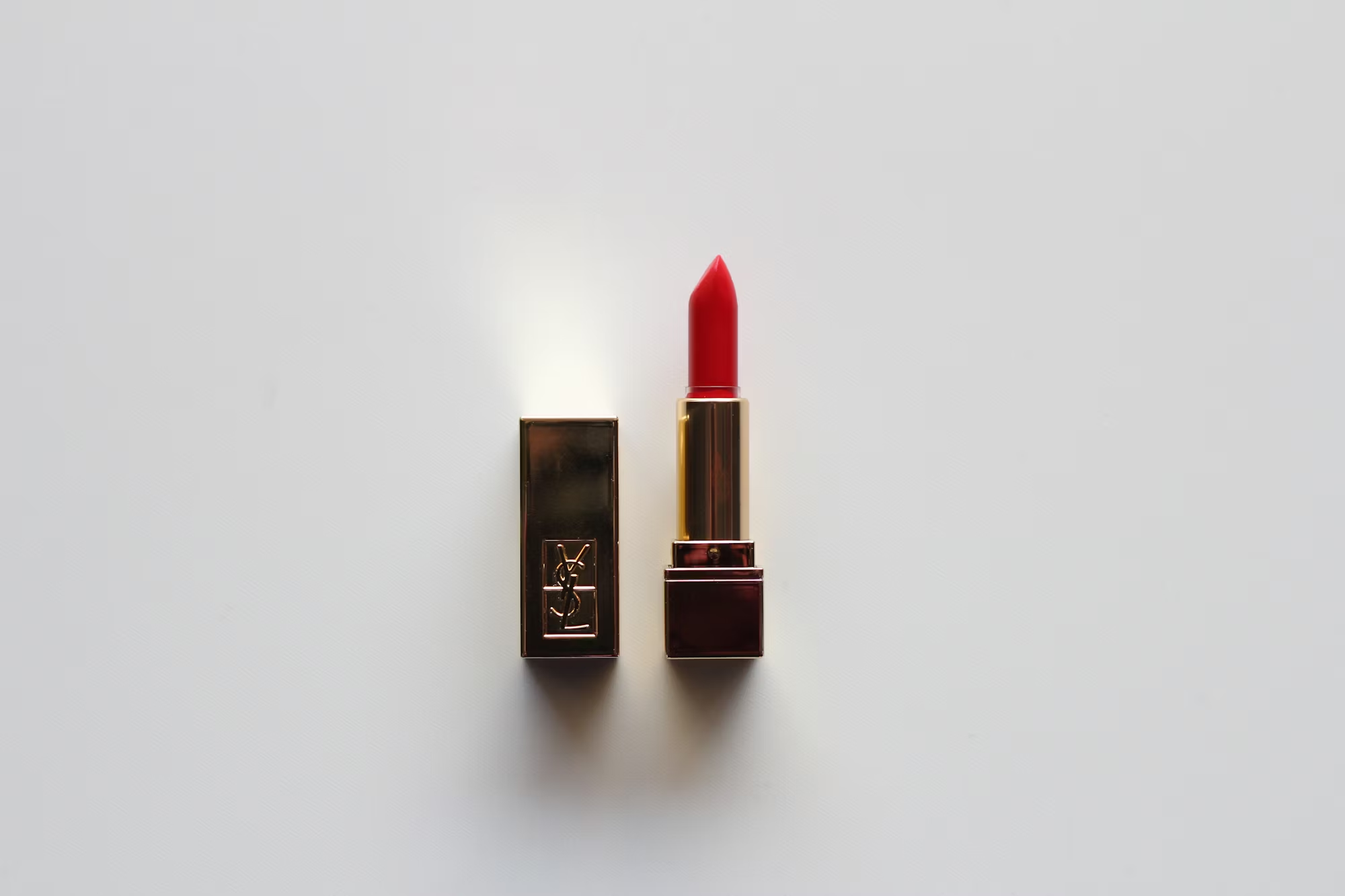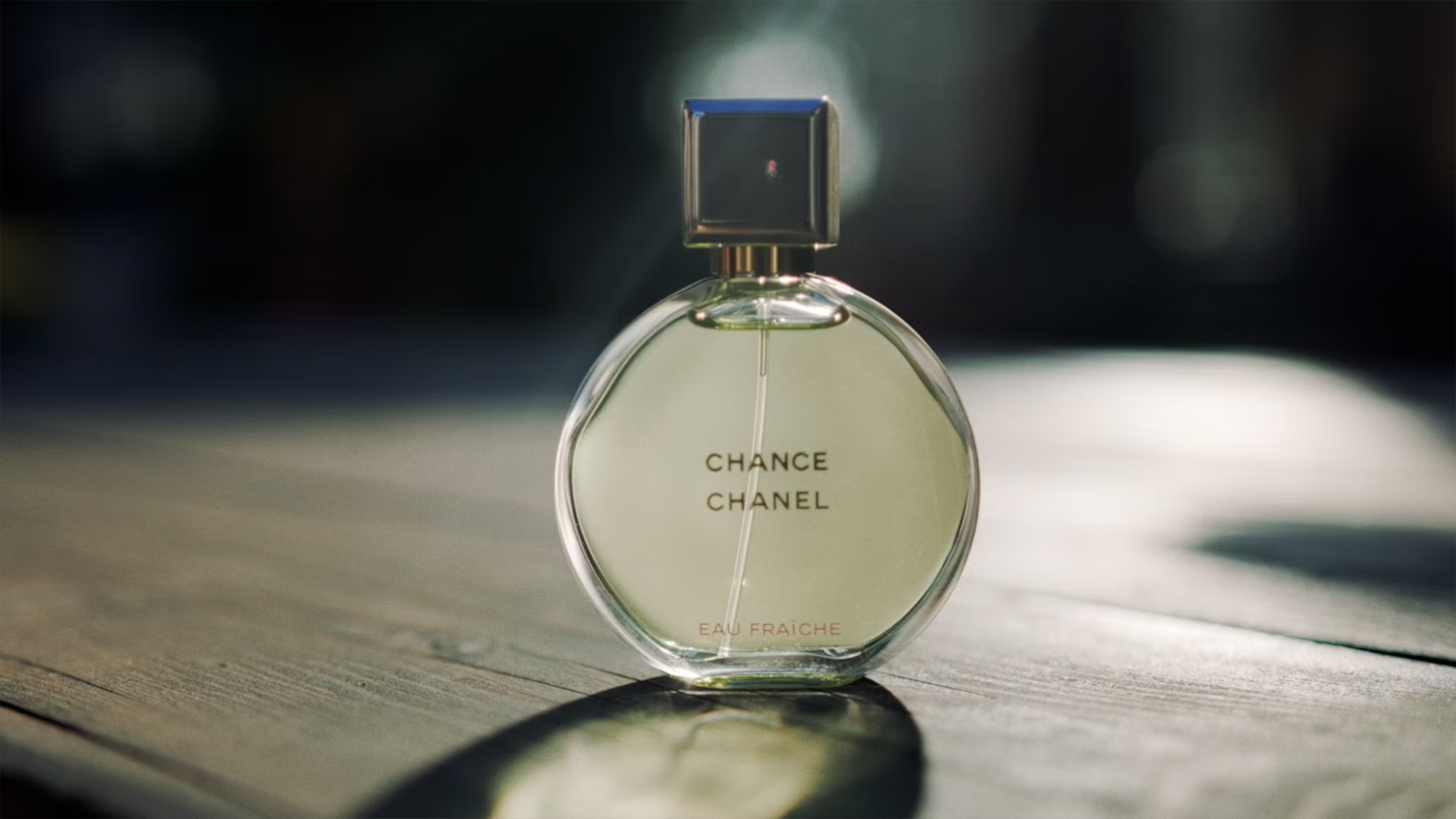In the world of skincare, the art of layering products has emerged as a key technique for achieving glowing, healthy skin. By strategically applying various products in a specific order, you can maximize their benefits and create a routine tailored to your skin’s unique needs. This approach not only enhances the overall efficacy of your skincare regimen but also allows you to enjoy the ritual of self-care. In this article, we will delve into the fundamentals of product layering, the benefits of each step, and how to create a customized routine that works for you.
Layering skincare products begins with a solid understanding of the different types of products available and their respective functions. The most common categories include cleansers, toners, serums, moisturizers, and sunscreens. Each of these plays a crucial role in maintaining skin health and achieving a radiant complexion. The order in which you apply these products can significantly impact their effectiveness, making it essential to follow a systematic approach.
Cleansers are the first step in any skincare routine. They serve to remove dirt, oil, and makeup, preparing the skin for subsequent products. It’s important to choose a cleanser that suits your skin type—whether it’s oily, dry, or sensitive. Gel cleansers are great for oily skin, while cream or oil-based cleansers work well for dry or sensitive skin. For a thorough cleanse, double cleansing has become a popular method, particularly in the evening. This involves using an oil-based cleanser followed by a water-based one to ensure all impurities are effectively removed.
After cleansing, the next step is toning. Toners are often overlooked, but they play a vital role in restoring the skin’s pH balance and preparing it for the products that follow. A good toner can help tighten pores, hydrate the skin, and enhance absorption of serums and moisturizers. Look for alcohol-free options that contain hydrating ingredients like rose water or witch hazel. These natural extracts not only soothe the skin but also provide additional benefits, such as reducing redness or inflammation.
Once your skin is cleansed and toned, it’s time to introduce serums into your routine. Serums are concentrated formulations designed to target specific skin concerns, such as fine lines, hyperpigmentation, or dullness. Because they contain a higher concentration of active ingredients, serums are typically applied before moisturizers. Choose a serum based on your skin’s unique needs; for instance, vitamin C serums can brighten and even skin tone, while hyaluronic acid serums provide intense hydration. Applying serums is an opportunity to gently massage the product into your skin, enhancing circulation and promoting absorption.
Following serums, you should apply a moisturizer to lock in hydration and create a protective barrier. Moisturizers are essential for maintaining skin moisture and elasticity. Depending on your skin type, you may opt for a lightweight gel moisturizer for oily skin or a richer cream for dry skin. A good moisturizer should contain ingredients like glycerin or ceramides, which help to attract and retain moisture. Applying your moisturizer in an upward motion can help promote firmness and improve the skin’s overall appearance.
For daytime routines, sunscreen is an indispensable step. Protecting your skin from harmful UV rays is crucial for preventing premature aging and maintaining an even skin tone. Opt for a broad-spectrum sunscreen with an SPF of at least 30, and apply it as the final step in your morning skincare routine. If you prefer to layer makeup over your sunscreen, consider using a tinted sunscreen or a foundation that contains SPF for added protection.
While the above steps outline a standard layering technique, there are additional products you can incorporate to enhance your routine further. Face oils, for instance, can be applied after your moisturizer to seal in hydration and provide an extra boost of nourishment. Look for oils rich in fatty acids, such as jojoba or marula oil, which are suitable for all skin types. Applying face oils can also create a dewy finish, giving your complexion a radiant glow.
Exfoliation is another essential aspect of skincare that can complement your layering routine. Regular exfoliation helps to remove dead skin cells and promote cell turnover, revealing fresh, radiant skin underneath. However, it’s important to exfoliate gently, as over-exfoliating can irritate the skin. Incorporate a chemical exfoliant, such as an AHA or BHA, into your routine 2-3 times a week, applying it after cleansing but before toning. This will allow for better absorption of subsequent products.
In addition to the above products, consider introducing masks into your routine for an extra dose of pampering and treatment. Masks can provide various benefits depending on their formulation, such as hydration, detoxification, or brightening. Incorporate masks into your routine once or twice a week, applying them after cleansing and toning but before serums and moisturizers. This not only enhances your skincare routine but also offers a moment of self-care that can help reduce stress and promote relaxation.
As you develop your personalized skincare routine, remember that everyone’s skin is unique. It may take time to find the right combination of products and techniques that work best for you. Keep a skincare journal to track your progress, noting any changes in your skin’s condition and how it reacts to different products. This can help you refine your routine and make informed decisions about future purchases.
Incorporating clean and natural products into your layering routine is another step toward achieving healthy skin. Many conventional beauty products contain synthetic ingredients that may not be suitable for all skin types. By choosing products made with natural ingredients, you can avoid potential irritants while still enjoying effective results. Look for brands that prioritize transparency in their ingredient sourcing and production practices.
Finally, don’t forget the importance of a balanced lifestyle in supporting your skincare efforts. Staying hydrated, eating a diet rich in vitamins and antioxidants, and getting enough sleep are all crucial for maintaining healthy skin. Exercise can also promote circulation and enhance your complexion, so make it a point to incorporate physical activity into your routine.
In conclusion, mastering the art of layering skincare products can significantly enhance your beauty regimen and improve your skin’s overall health and appearance. By understanding the function of each product and applying them in the correct order, you can create a personalized routine that addresses your unique skin concerns. Embrace the ritual of self-care and enjoy the process of discovering what works best for you. With patience and consistency, you’ll unlock the full potential of your skincare products, leading to a radiant, healthy complexion.



